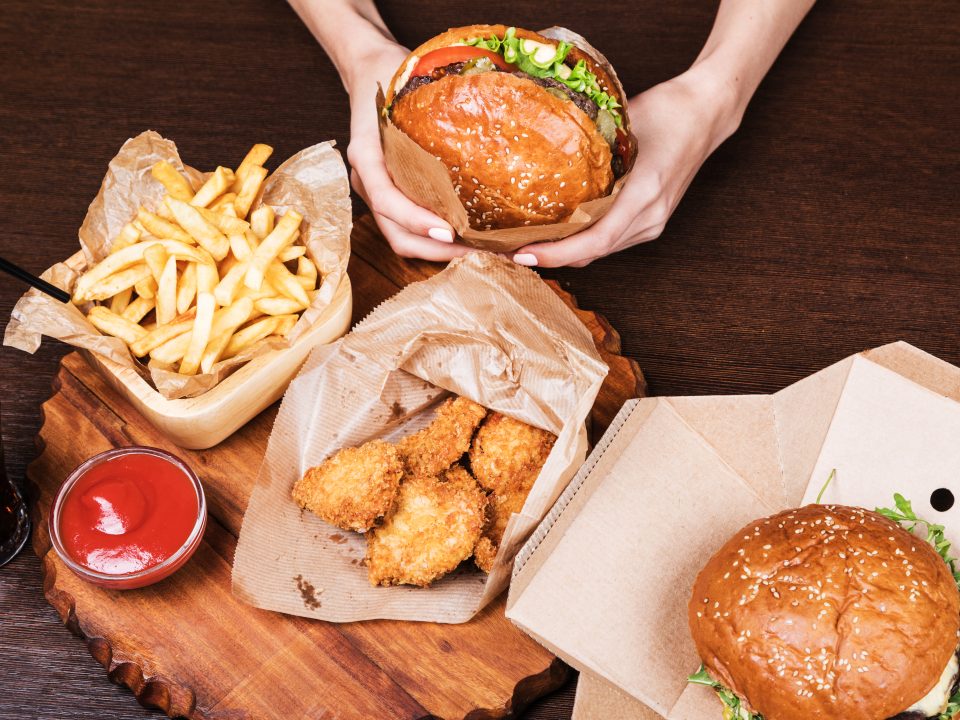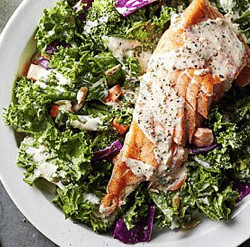Stop making this weight loss mistake
September 1, 2016Soy sauce chicken
September 1, 2016You may have heard that certain exercises burn fat better than others. This is because of the three energy sources in our body- carbohydrate (glucose), protein, and fat- this “fat burning zone” intensity of exercise draws more heavily upon body fat as its energy source, so that around 50% of energy is taken from fat stores.
Why does lower intensity exercise burn more fat?
Carbs are the energy source that is most efficient in being converted to energy in our body, and so when we are doing more intense exercises like sprinting, or circuit training, we use carbohydrate predominantly as our preferred fuel source, and only about 40% of energy is taken from fat stores instead of 50%.
When we are working out at a lower intensity, our body doesn’t need this quick energy, instead it can use more body fat, sparing our carbohydrate stores.
What intensity of exercise is the fat burning zone?
Around 60-70% of your maximum exercise capacity is your aim. As an estimate, you can work out your maximum heart rate as 220 minus your age. So if you are 40, your maximum heart rate would be 180 beats/minute.
Next you want to work out what 60-70% of your maximum heart rate would be.
180 x 0.6= 108
180 x 0.7= 126
So for a 40 year old, the fat burning zone target range is 108-126 beats per minute. Using a heart rate monitor, and aim to stay within this range to increase fat use for energy.
Is lower intensity exercise really better for weight loss?
It all comes down to overall volume of exercise, and overall calories burned. Say you have two people- one does longer duration exercise at lower intensity, the other does shorter duration at higher intensity, and they both burn the same calories in a week. The lower intensity exercise program would decrease body fat stores more that the higher intensity program.
The issue is that it is rarely that simple. You may not have hours and hours in a week to spend exercising. You may only have time for 20-30 minute quick sessions.
You may also not have the fitness levels to maintain movement for long periods. Get puffed after 20 minutes of brisk walking? You’re probably better off doing shorter bursts of higher intensity exercise that burn more calories in a shorter time period but allow you breaks in between exercises.
You might also have injuries, which mean you can’t be on your feet for long periods of time, or which mean you can only do so much exercise before it becomes painful.
So then what kind of exercise do I pick?
What matters most, regardless of the science behind it, or what is more effective at burning energy or fat, is that you choose physical activity that you enjoy doing, can envision yourself doing regularly long term, and that works for your body. The most perfectly planned exercise routine won’t be worth much if you give up on it after a few weeks.
It can also help to get help from a professional trainer if you are new to exercise, haven’t found a type of exercise you enjoy yet, or have injuries that have limited you exercising in the past.
If you know you need to work on your fitness and want to lose weight, why not look into the program we offer, and why it makes our expert Devon Weight Loss & Fitness Retreat so popular .
For regular weight loss recipes, diet and exercise tips, and inspiration, follow us on social media!








